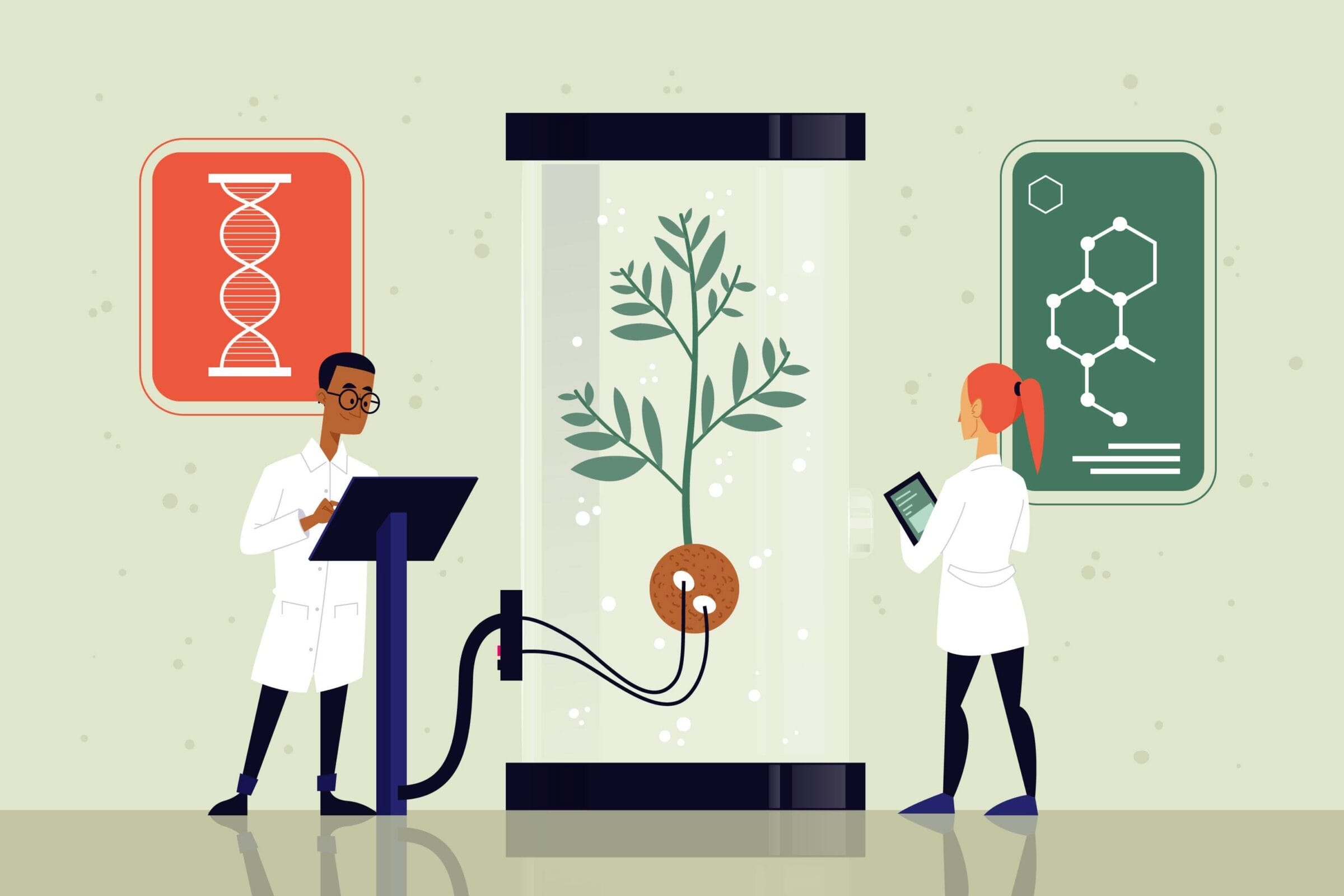6 Emerging Trends in Digital Life Sciences Education
Digital life sciences combine life sciences like biology, genetics, and biochemistry with digital tools and technologies. Think AI-driven research in genomics, virtual simulations for drug development, or wearable devices that monitor health.
It’s about using technology to solve biological challenges and to innovate healthcare solutions.

Here are just six emerging trends in digital life sciences education.
Table of Contents
Expanding the Use of Virtual Labs
Virtual labs are transforming how students in life sciences learn and experiment. These online platforms simulate real-world laboratory environments, enabling learners to conduct experiments from anywhere.
They replicate complex procedures like DNA sequencing or protein analysis, allowing users to practice skills without requiring physical lab resources.
This approach is cost-effective and accessible, making high-quality education available even in resource-limited settings.
Additionally, virtual labs reduce risks associated with handling hazardous materials while maintaining educational rigor.
Students can repeat experiments as needed without constraints on time or equipment availability.
This flexibility encourages mastery of concepts and bridges the gap between theoretical learning and practical application effectively, thus bringing real-life experimentation into digital spaces seamlessly.
The Growing Adoption of AI
Artificial intelligence is revolutionizing life sciences education by offering personalized learning experiences.
AI algorithms can do things like:
- Analyze student performance.
- Identify gaps in understanding.
- Adapt content to individual needs.
This ensures learners receive targeted support where they need it most.
For example, adaptive platforms can recommend resources or adjust lesson difficulty based on progress. In complex fields like genetics or bioinformatics, this approach simplifies challenging concepts by breaking them into manageable parts.
Moreover, AI-powered virtual tutors are increasingly common, providing real-time feedback and answering questions instantly.
By catering to diverse learning styles and pacing requirements, these tools make education more inclusive while helping students build a stronger grasp of intricate biological systems.
Leveraging Wearables for Immersive Training
Wearable technologies are redefining how students engage with life sciences education. For instance:
- Augmented reality (AR) glasses let users explore intricate anatomy models or simulate laboratory experiments in real-time.
- Haptic-feedback gloves add a tactile dimension, helping learners interact with virtual environments and better understand physical processes.
Wearables create immersive educational experiences for digital life sciences students. They go beyond traditional methods, providing students with hands-on exposure to biological systems and processes without needing physical specimens or labs.
Thus, they offer an innovative way to learn complex concepts interactively while minimizing logistical challenges like cost or resource availability.
These tools also find overlapping applications in surgical technology training, where AR allows users to practice operations virtually. So, expect them to be used in such fields much more in the coming years.
If you’re interested in becoming a professional surgical technologist, you can explore the Unitech surgical technology program, which provides hands-on training and comprehensive instruction.
Merging Data Science with Biology Education
Integrating data science into biology education is becoming essential as research increasingly relies on big data.
Students are learning to analyze complex datasets, like genomic sequences or population health trends, using programming languages such as Python or R.
This cross-disciplinary approach equips learners with the skills to interpret and visualize biological information effectively. For instance, they might create models to predict disease outbreaks or understand genetic variations across populations.
Incorporating these tools also prepares students for modern careers in biotechnology and healthcare analytics.
By blending coding with life sciences concepts, educators help bridge the gap between traditional biology training and the data-driven demands of today’s scientific landscape, thus empowering graduates for cutting-edge roles in innovation and discovery.
Increasing Gamification to Teach Complex Concepts
Gamification is becoming a powerful tool in life sciences education. It’s turning complex topics into interactive learning experiences.
By incorporating game-like elements, such as challenges, leaderboards, and rewards, educators can make difficult subjects like molecular biology or immunology more approachable.
For example, students might unlock achievements for successfully simulating biological pathways or identifying protein structures in virtual puzzles.
These engaging methods encourage active participation and help reinforce learning through repetition.
Games also provide instant feedback, allowing learners to correct mistakes and deepen understanding on the spot.
Beyond motivation, this approach enhances retention by making abstract concepts tangible and fun.
As gamified tools expand their presence in classrooms, they create an immersive way to learn science while keeping students actively involved.
The Rising Popularity of Bite-Sized Microlearning Modules
Lastly, microlearning is gaining traction in life sciences education as a way to simplify complex topics. These short, focused modules break down information into digestible pieces, making it easier for learners to grasp challenging subjects like genetics or pharmacology.
Each module often targets one specific concept or skill, such as understanding protein synthesis or analyzing lab data. This targeted approach helps students learn efficiently without feeling overwhelmed by dense material.
Delivered through videos, interactive slideshows, or quick quizzes, microlearning adapts well to busy schedules and varied learning paces.
This method ensures students retain critical knowledge while keeping them engaged by providing concise yet comprehensive lessons.

Disclaimer: My content is reader-supported, meaning that if you click on some of the links in my posts and make a purchase, I may earn a small commission at no extra cost to you. These affiliate links help me keep the content on gauravtiwari.org free and full of valuable insights. I only recommend products and services that I trust and believe will genuinely benefit you. Your support through these links is greatly appreciated—it helps me continue to create helpful content and resources for you. Thank you! ~ Gaurav Tiwari